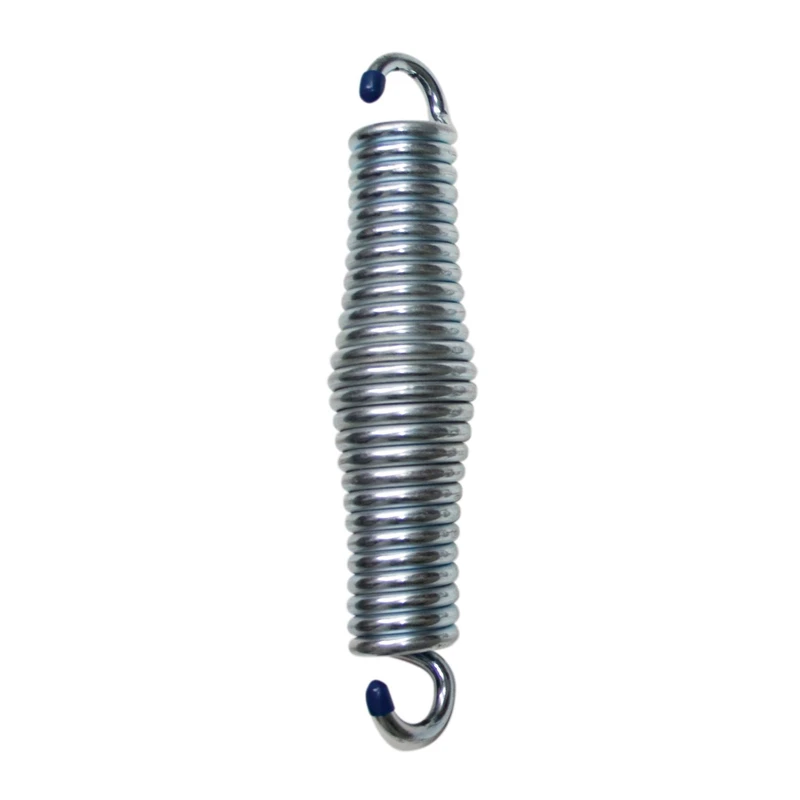
- Mobile Phone
- +8613931874955
- sales@cntcmetal.com
masonry to concrete wall ties
Understanding Masonry to Concrete Wall Ties
In the construction industry, ensuring the structural integrity of a building is paramount. One of the crucial elements in achieving this is the use of masonry to concrete wall ties. These ties are essential components that help create a strong bond between masonry and concrete structures, allowing for enhanced stability and durability.
What are Wall Ties?
Wall ties are metal connectors designed to hold two different materials together—in this case, masonry and concrete. They are typically made from galvanized steel or stainless steel to prevent corrosion. These ties are particularly used in situations where a masonry veneer is applied over a concrete frame. Their primary role is to provide lateral support, ensuring that both materials act in unison under varying loads and environmental conditions.
Importance of Wall Ties
The importance of wall ties cannot be understated. When constructing a building, the different materials used can expand and contract at different rates due to temperature fluctuations and moisture. Wall ties help accommodate these movements by allowing for some flexibility while still providing necessary support.
Additionally, wall ties play a vital role in enhancing the overall stability of the structure. When properly installed, they help prevent issues such as cracking or tilting of the masonry veneer, which could lead to significant structural problems over time. This is particularly critical in areas prone to high winds or seismic activity, where the forces acting on the building can be substantial.
Types of Wall Ties
There are several types of wall ties available, each suited for specific applications. The most common include
masonry to concrete wall ties

1. Zigzag Ties These are typically used for thinner veneers and are designed to allow for adequate movement while providing lateral support. 2. Straight Ties Ideal for thicker masonry, straight ties offer robust support between the concrete and masonry.
3. Spaced Ties Used in situations where more flexibility is required, spaced ties allow for greater separation between the masonry and concrete.
4. Loop Ties These features a loop at one end that can be easily anchored into concrete, making installation straightforward.
Installation Considerations
The installation of wall ties must adhere to specific guidelines to ensure effectiveness. Firstly, the ties should be spaced correctly, usually dictated by building codes, which often require ties to be placed every 16 to 24 inches apart vertically. Additionally, ties should be positioned to penetrate the masonry at least one inch deep to ensure a secure connection.
It is also vital to consider the design and weight of the masonry being used. Heavier materials may require more robust ties and additional support to ensure the overall stability of the wall assembly.
Conclusion
In summary, masonry to concrete wall ties are essential components that contribute significantly to the structural integrity of buildings. They facilitate a strong bond between different materials, accommodate movement, and enhance stability. Whether you're a seasoned contractor or a DIY enthusiast, understanding the role and installation of wall ties is crucial for any masonry project. By following best practices and adhering to safety standards, you can ensure a durable and resilient construction that withstands the test of time.
share:
-
Why Sacrificial Formwork Is Redefining Underground ConstructionNewsJun.06,2025
-
The Structural Dynamics of Modern Concrete: How Snake Spacers Revolutionize Flexible ReinforcementNewsJun.06,2025
-
Snake Spacers Smart-Lock Concrete Reinforcement with Surgical PrecisionNewsJun.06,2025
-
Snake Spacers: Reinforcement Precision for Modern Concrete ProjectsNewsJun.06,2025
-
Snake Spacers Powering Concrete's Structural DNANewsJun.06,2025
-
Slither into Success: Snake Spacers' Precision Bite for Unbreakable ReinforcementNewsJun.06,2025
-
Sacrificial Formwork: Building Stronger, Faster, and Safer StructuresNewsJun.06,2025



















